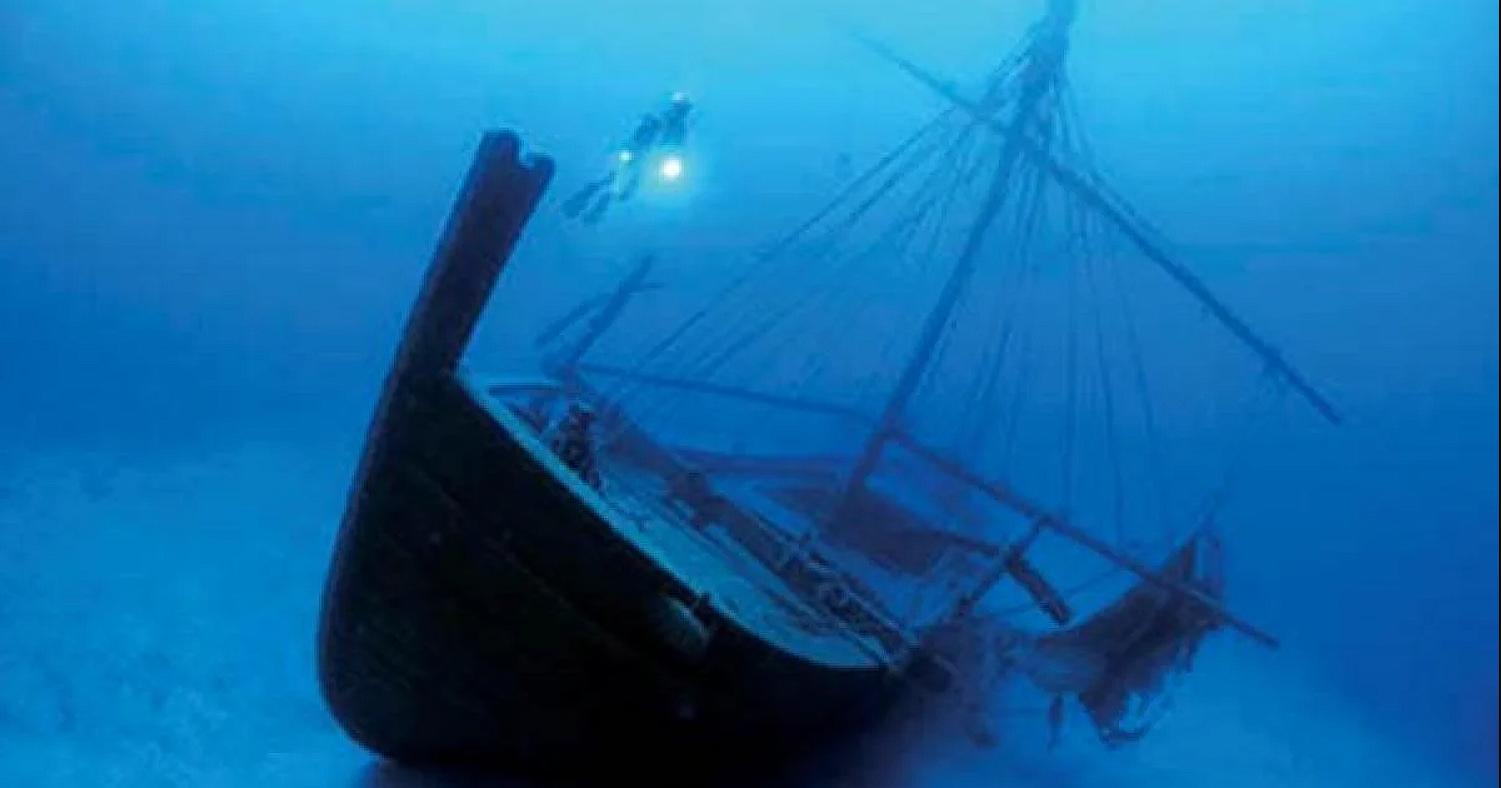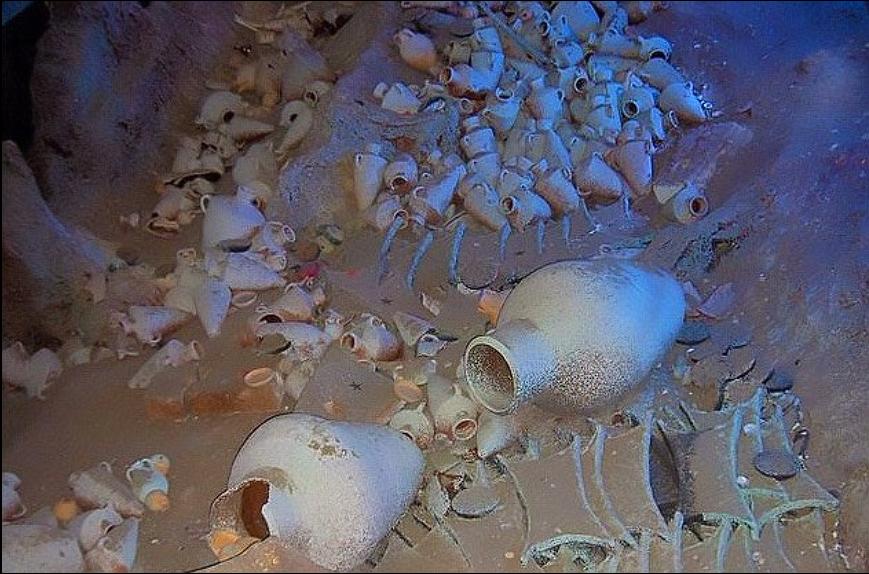The Uluburun shipwreck, discovered off the coast of Turkey in 1982, is a remarkable archaeological find that provides invaluable insights into the Late Bronze Age. This 14th-century BC vessel, laden with diverse cargo, offers a glimpse into the trade networks and cultural interactions of the ancient world.
Uncovering the Uluburun Shipwreck
The discovery and excavation of the Uluburun shipwreck have revealed a wealth of information about Bronze Age maritime trade and technology.
Accidental Discovery
The shipwreck’s discovery by a sponge diver in 1982 was a serendipitous event that led to one of the most significant underwater archaeological projects.

- Sponge Diver’s Find:
- The discovery was made by a sponge diver off the southwestern coast of Turkey, near Uluburun.
- This accidental find initiated a comprehensive archaeological excavation.
- Location Significance:
- The location of the shipwreck, near a major trade route, highlights the importance of maritime trade in the region.
- It underscores the strategic significance of the eastern Mediterranean during the Bronze Age.
- Initial Assessment:
- The initial assessment of the site revealed a large collection of artifacts, indicating a significant shipwreck.
- This led to the initiation of extensive underwater excavation efforts.
Dating and Historical Context
The Uluburun shipwreck dates to the 14th century BC, placing it just before the Late Bronze Age Collapse, a period of significant upheaval.
- 14th Century BC:
- The vessel is dated to the 14th century BC, based on the analysis of its cargo and construction.
- This dating places it in a crucial period of Bronze Age history.
- Late Bronze Age Collapse:
- The shipwreck’s timing just before the Late Bronze Age Collapse highlights the period’s instability and change.
- This collapse marked the end of many powerful Bronze Age civilizations.
- Maritime Trade:
- The vessel’s cargo reflects the extensive maritime trade networks of the Late Bronze Age.
- It provides evidence of interactions between various cultures and regions.
Excavation and Recovery
The excavation and recovery of the Uluburun shipwreck and its cargo were a complex and time-consuming process, involving thousands of dives.

- Extensive Excavation:
- The excavation required approximately 22,000 dives, highlighting the complexity and scale of the project.
- This effort demonstrates the dedication and skill of the archaeologists involved.
- Cargo Recovery:
- The cargo included a diverse range of artifacts, such as Egyptian jewels, an Italian sword, Canaanite jars, glass beads, and 10 tons of copper.
- The recovery of these items provided valuable insights into Bronze Age trade and craftsmanship.
- Preservation Efforts:
- The preservation of the shipwreck and its cargo required meticulous conservation techniques.
- These efforts ensured that the artifacts could be studied and displayed for future generations.
The Significance of the Uluburun Shipwreck
The Uluburun shipwreck is a treasure trove of information about the Late Bronze Age, offering insights into trade, technology, and cultural exchange.
Cargo Analysis
The analysis of the shipwreck’s cargo has provided valuable information about the trade networks and cultural interactions of the Late Bronze Age.

- Diverse Artifacts:
- The diverse collection of artifacts, including Egyptian jewels, an Italian sword, and Canaanite jars, reflects the extensive trade networks of the time.
- These items highlight the interconnectedness of Bronze Age cultures.
- Raw Materials:
- The 10 tons of copper found on board indicate the importance of raw materials in Bronze Age trade.
- Copper was a vital resource for toolmaking and weaponry.
- Luxury Goods:
- The presence of luxury goods, such as glass beads and jewels, suggests the existence of a wealthy elite and long-distance trade in high-value items.
- These items reflect the sophistication of Bronze Age societies.
Shipbuilding and Technology
The construction of the Uluburun vessel and the techniques used in its cargo handling provide insights into Bronze Age shipbuilding and technology.

- Ship Construction:
- The ship’s construction reveals the advanced shipbuilding techniques of the Late Bronze Age.
- Its design reflects the maritime capabilities of the time.
- Cargo Handling:
- The methods used to store and transport the cargo provide insights into Bronze Age logistics and trade practices.
- These methods highlight the efficiency and organization of maritime trade.
- Replica Display:
- The replica of the ship and its cargo at the Bodrum Museum of Underwater Archaeology allows visitors to visualize the vessel and its contents.
- The cutaway view of the hull provides a unique perspective on the ship’s construction and cargo arrangement.
Cultural Exchange
The Uluburun shipwreck highlights the cultural exchange and interactions that occurred during the Late Bronze Age.
- Intercultural Trade:
- The diverse origins of the artifacts on board demonstrate the extensive intercultural trade networks of the time.
- This trade facilitated the exchange of goods and ideas between different regions.
- Cultural Influences:
- The presence of artifacts from various cultures suggests the influence of different artistic and technological traditions.
- This influence contributed to the development of Bronze Age societies.
- Historical Significance:
- The Uluburun shipwreck is a significant historical find, providing a snapshot of a crucial period in human history.
- It offers valuable insights into the lives and interactions of Bronze Age people.
The Uluburun shipwreck is a remarkable archaeological find that continues to provide valuable insights into the Late Bronze Age. Its diverse cargo, advanced shipbuilding, and evidence of cultural exchange make it a crucial resource for understanding ancient maritime trade and civilization.
